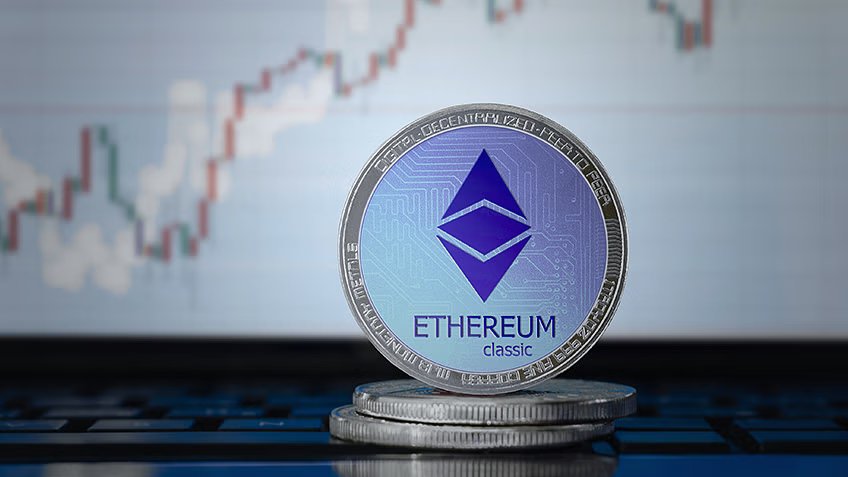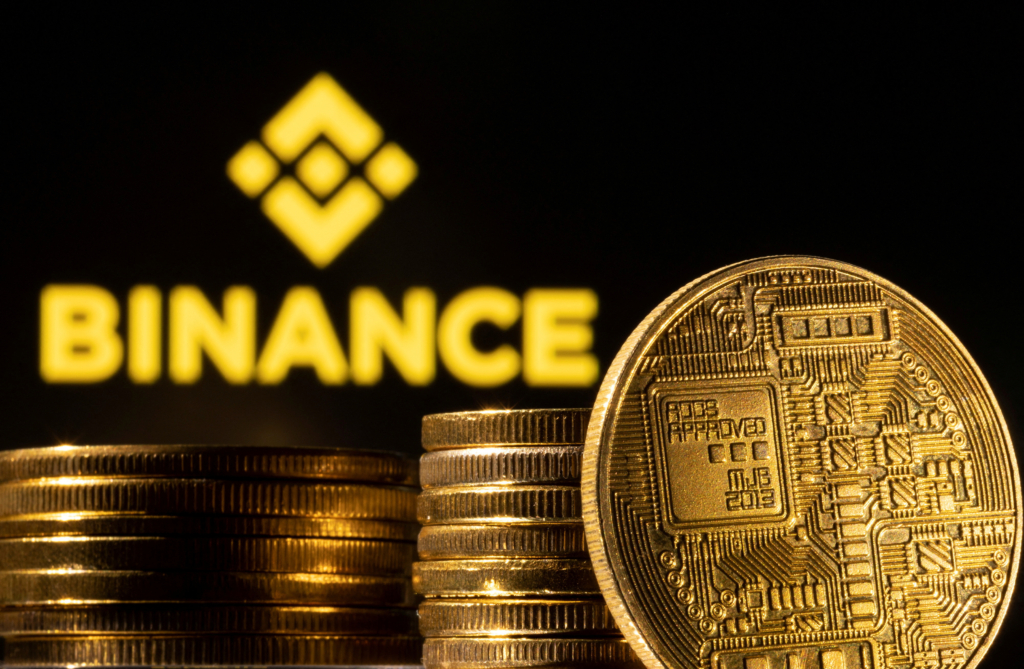The DeFi revolution, driven by blockchain platforms like Ethereum and Binance Smart Chain, is transforming global finance by eliminating intermediaries.
The evolution of decentralized finance (DeFi) has revolutionized the global financial landscape. Central to this transformation are blockchain networks such as Ethereum and Binance Smart Chain (BSC). Both platforms have become dominant forces in the DeFi ecosystem, but they have distinct characteristics that set them apart.
In this article, we explore the differences between Ethereum and BSC, comparing their performance, usability, security, and overall value in the DeFi space.
Introduction to Decentralized Finance

Decentralized finance refers to the ecosystem of financial applications built on blockchain technology. It eliminates intermediaries, offering users direct control over their assets while providing services such as lending, borrowing, and trading. Ethereum and BSC are among the leading platforms hosting DeFi projects, each with unique attributes contributing to their popularity.
Ethereum: The Pioneer of Decentralized Finance

History and Significance
Ethereum, launched in 2015, is the first blockchain platform to introduce smart contracts—self-executing contracts with predefined rules. Its innovation laid the groundwork for the rapid expansion of DeFi.
Key Features of Ethereum
– Security and Decentralization:
Ethereum boasts a robust, decentralized network with thousands of validators securing its blockchain. This ensures high resistance to censorship and attacks.
– Ecosystem and Adoption:
Ethereum hosts the majority of DeFi applications, including Uniswap, Aave, and MakerDAO, and it remains the most trusted blockchain for decentralized apps (dApps).
– Transition to Proof-of-Stake:
With the Ethereum 2.0 upgrade, Ethereum transitioned to a Proof-of-Stake (PoS) consensus mechanism, enhancing scalability and energy efficiency.
Challenges Faced by Ethereum
While Ethereum leads in innovation, it struggles with high transaction fees (gas fees) and slower processing speeds during peak activity, which can deter smaller-scale users.
Binance Smart Chain: A Rising Contender

Introduction to Binance Smart Chain
Launched by Binance in 2020, BSC was designed to provide a more cost-effective and efficient platform for decentralized applications and token transactions.
Key Features of Binance Smart Chain
– Speed and Low Costs:
BSC achieves faster transaction speeds and significantly lower fees than Ethereum, making it attractive to retail users and smaller developers.
– Interoperability with Binance Chain:
BSC works alongside Binance Chain, allowing seamless asset transfers and broadening its use cases.
– EVM Compatibility:
BSC is compatible with Ethereum Virtual Machine (EVM), enabling developers to port Ethereum-based dApps with minimal changes.
Concerns Surrounding BSC
Despite its benefits, BSC has faced criticism for its relatively centralized structure. With fewer validators compared to Ethereum, questions about network security and resilience to censorship persist.
Comparison of Ethereum and Binance Smart Chain


1. Scalability and Performance
Ethereum’s Layer 2 scaling solutions and Ethereum 2.0 upgrades aim to improve its scalability, but BSC currently offers superior performance in terms of transactions per second (TPS) and cost efficiency.
2. Ecosystem and Developer Support
Ethereum has a larger and more mature ecosystem with vast developer support and documentation. Conversely, BSC is rapidly expanding its ecosystem, which is supported by Binance’s resources.
3. Decentralization and Security
Ethereum’s decentralized model provides greater security and trustworthiness, while BSC’s semi-centralized approach ensures faster processing but raises concerns about censorship risks.
4. Gas Fees and User Accessibility
Ethereum gas fees fluctuate significantly, pricing out some users, while BSC consistently offers lower transaction costs, appealing to budget-conscious users.
Choosing Between Ethereum and Binance Smart Chain
The choice between Ethereum and BSC depends on user needs and project goals:
– For security, decentralization, and extensive ecosystem support, Ethereum remains the preferred platform.
– For cost-efficiency and fast transactions: Binance Smart Chain is a strong alternative.
Projects requiring sophisticated smart contracts and global trust often prioritize Ethereum, while BSC caters to those seeking affordability and ease of use.
Conclusion
Both Ethereum and Binance Smart Chain have reshaped the DeFi landscape, offering unique advantages and catering to distinct audiences. Ethereum continues to lead with its decentralized infrastructure and extensive dApp ecosystem, while BSC offers a faster, more affordable alternative for emerging projects. The competition between these platforms fosters innovation, driving the broader adoption of decentralized finance.



